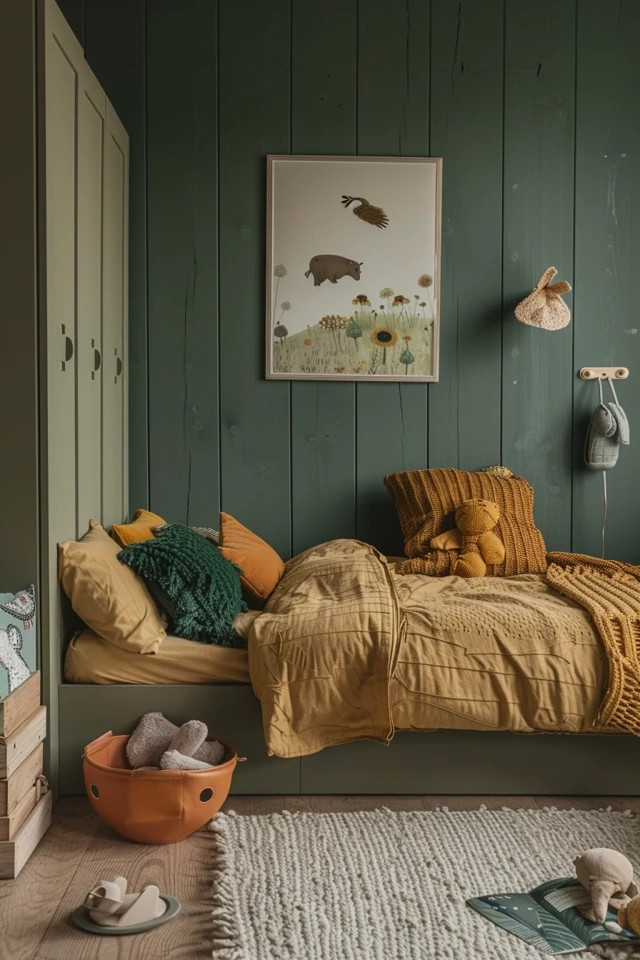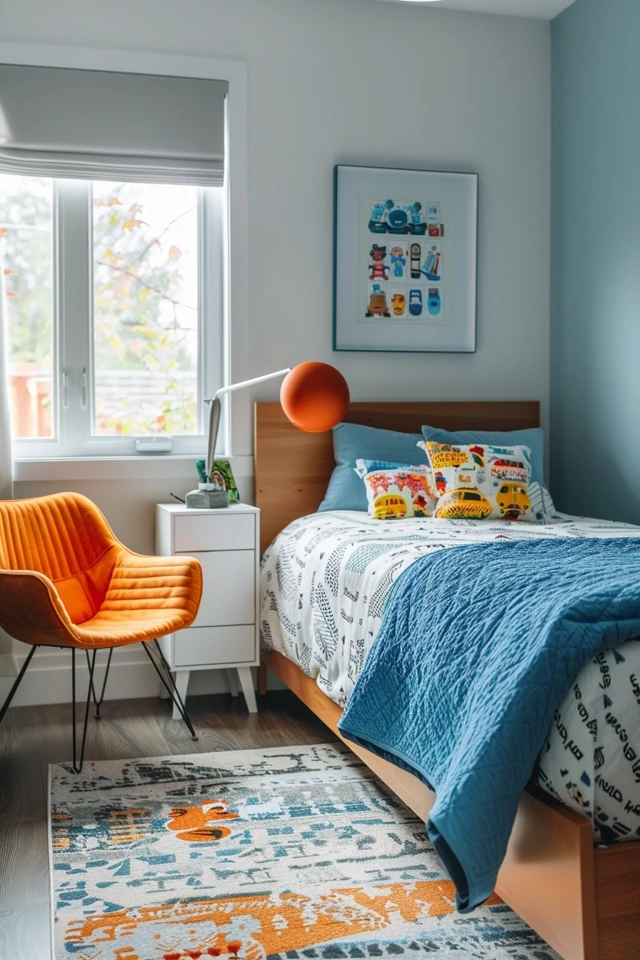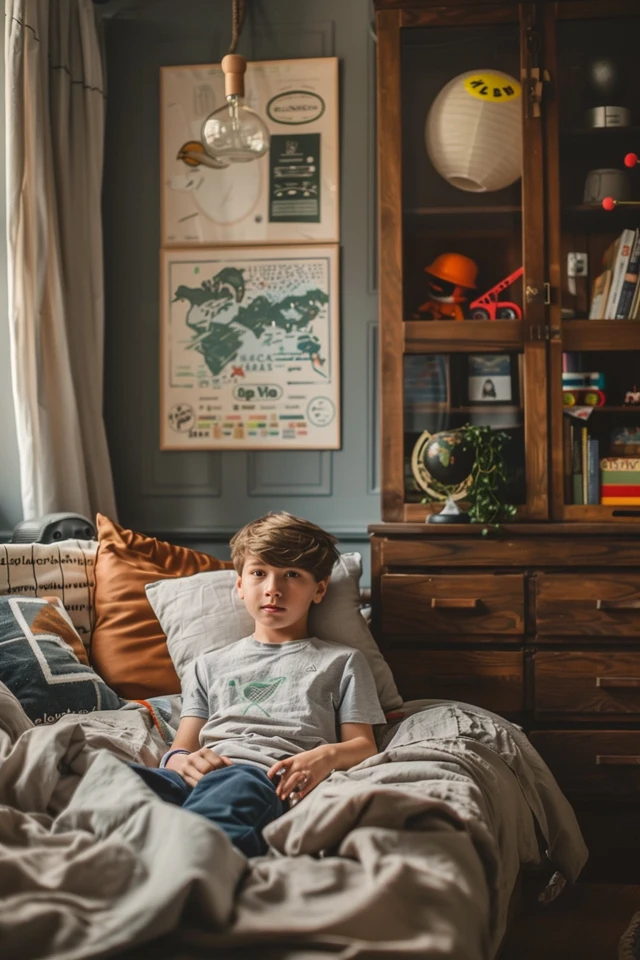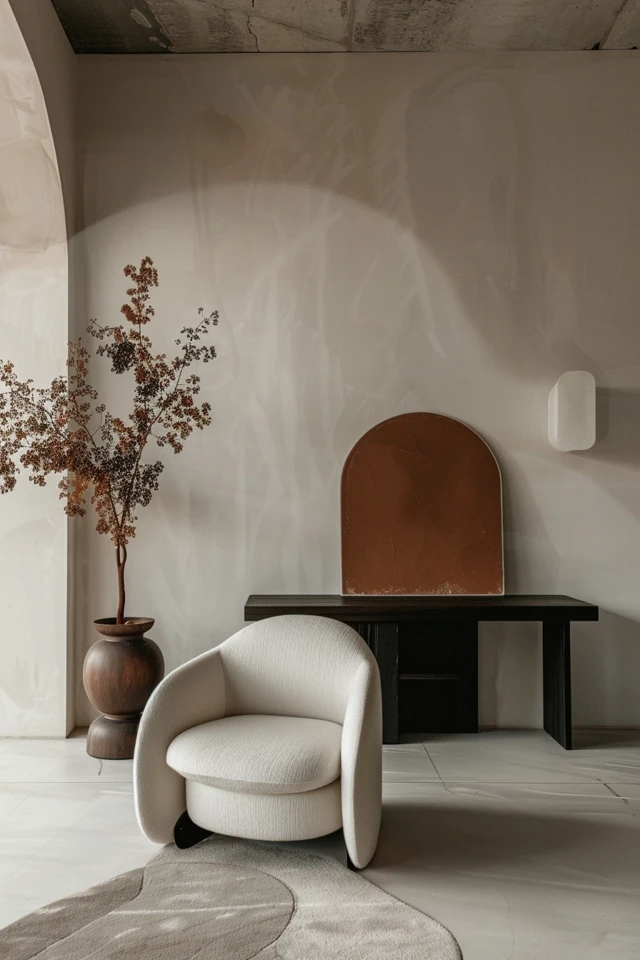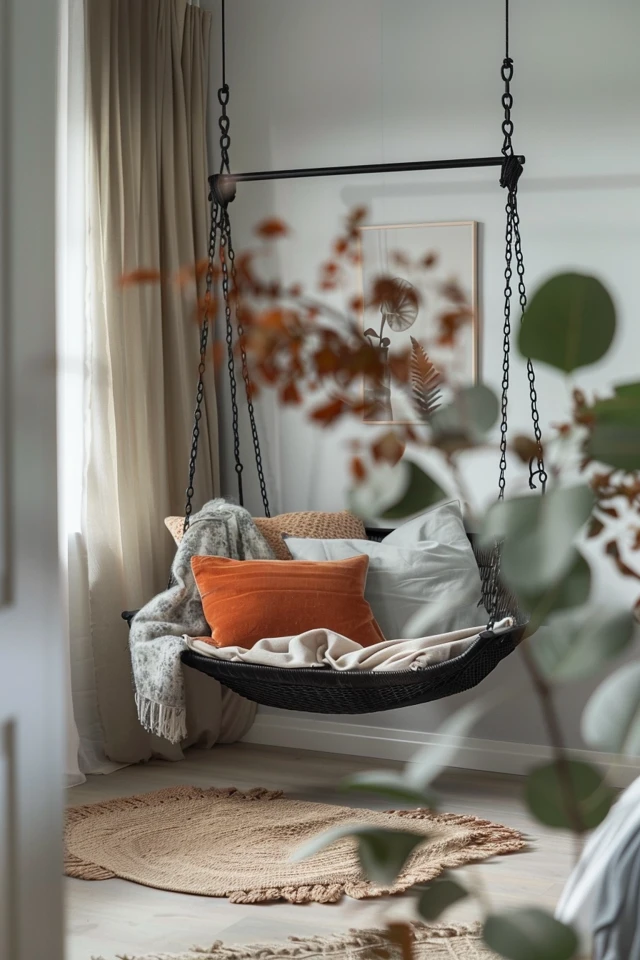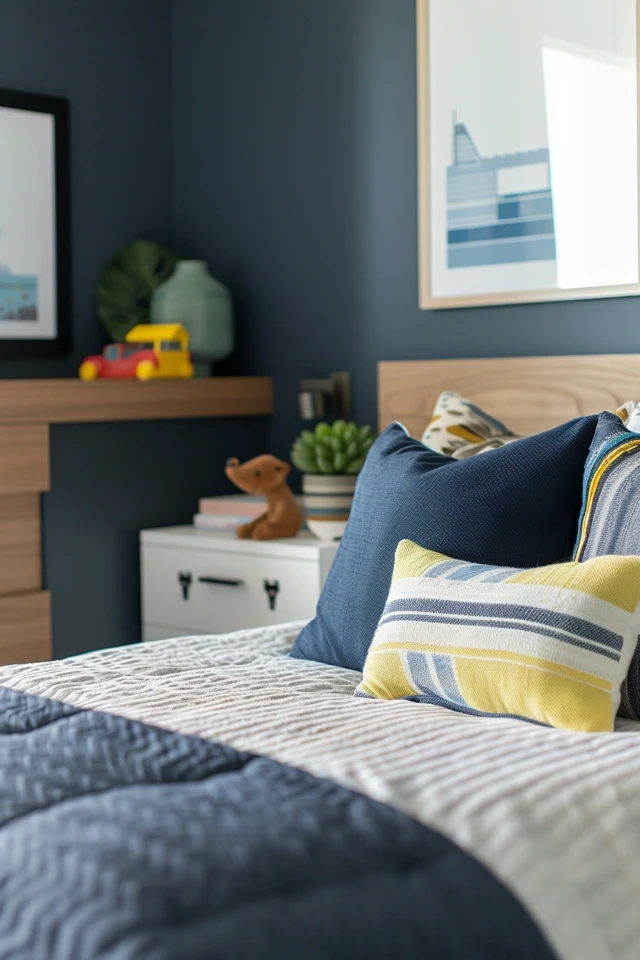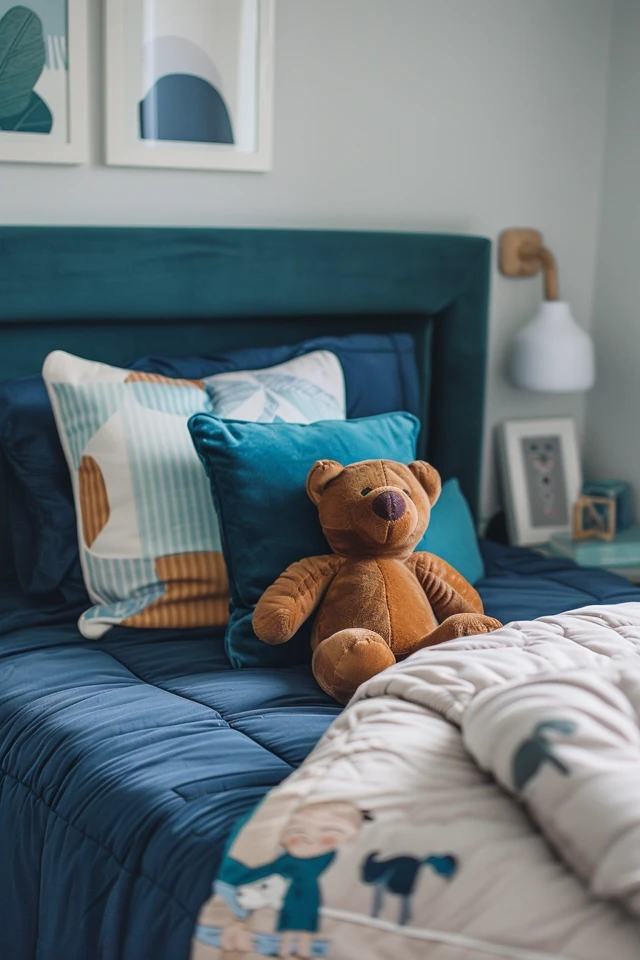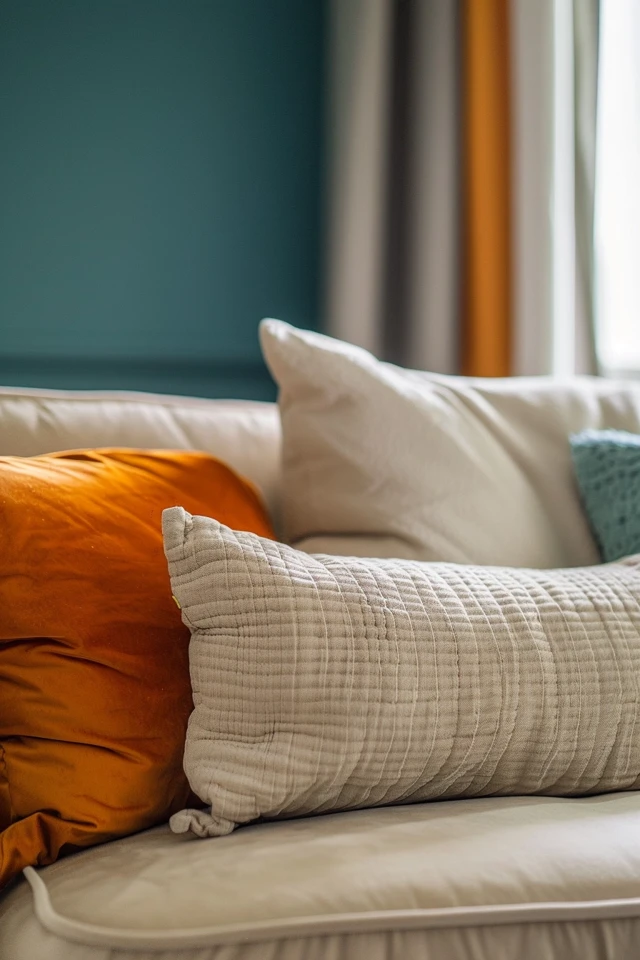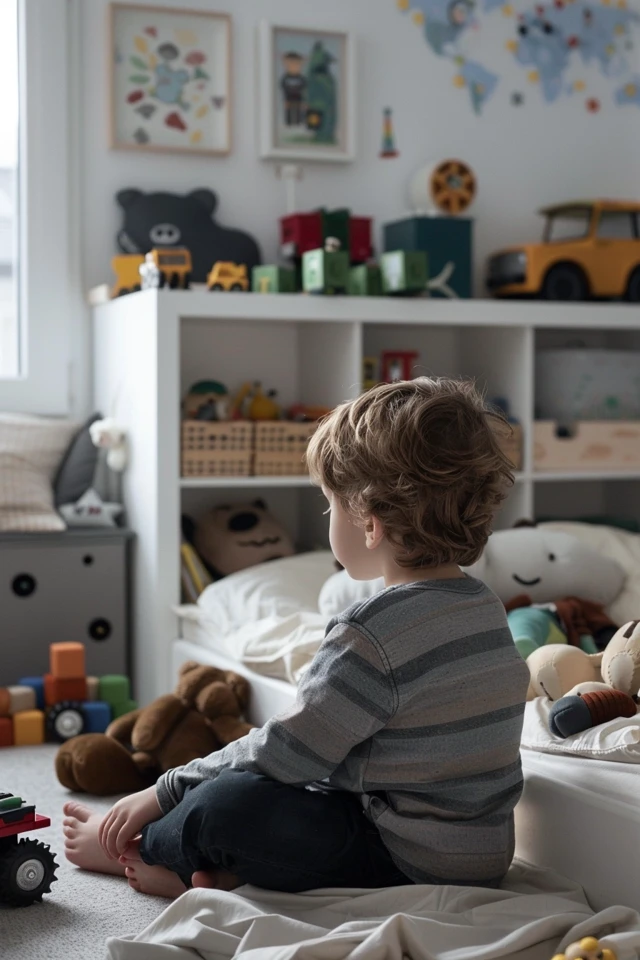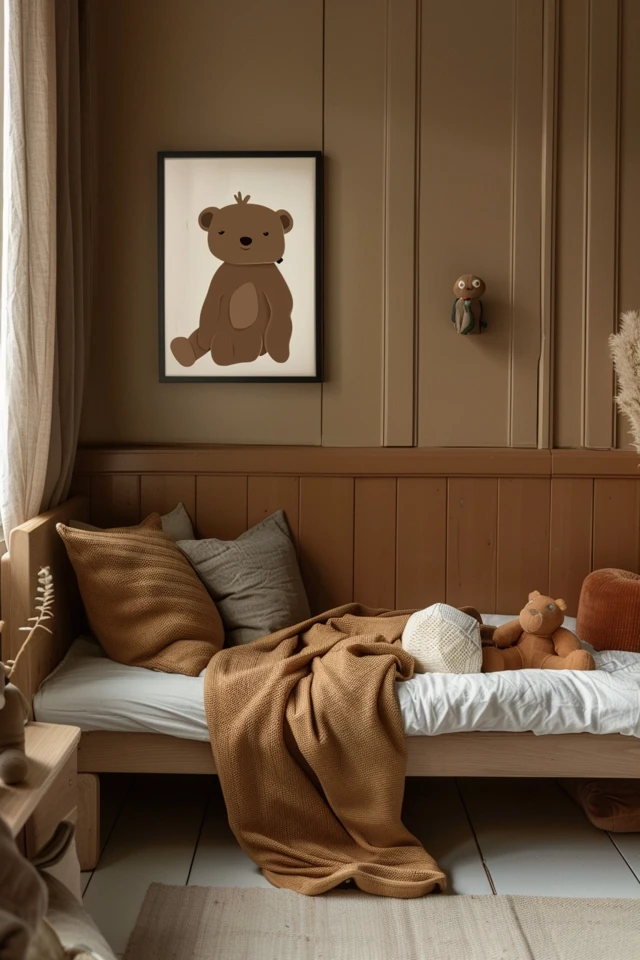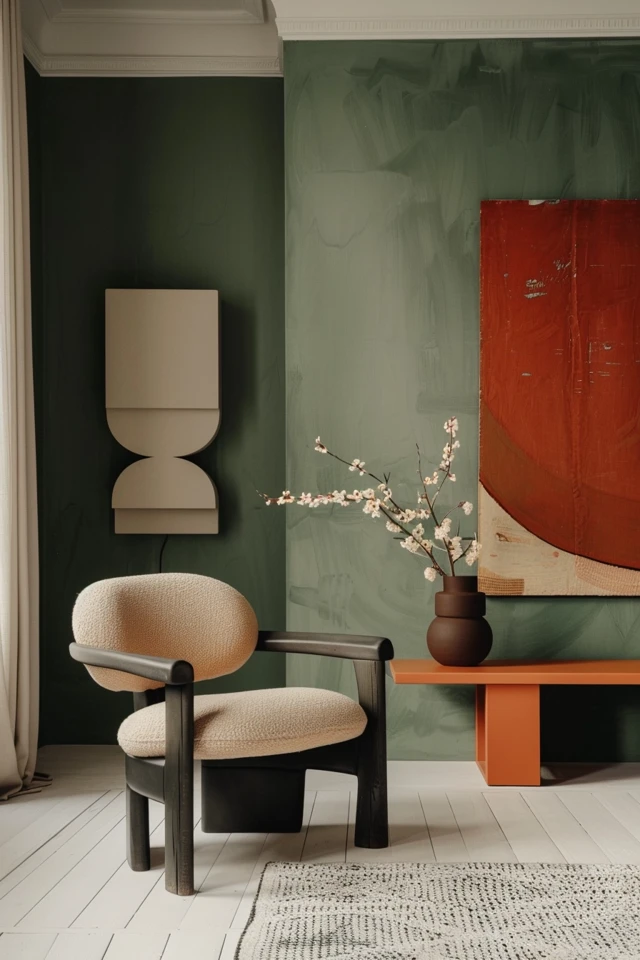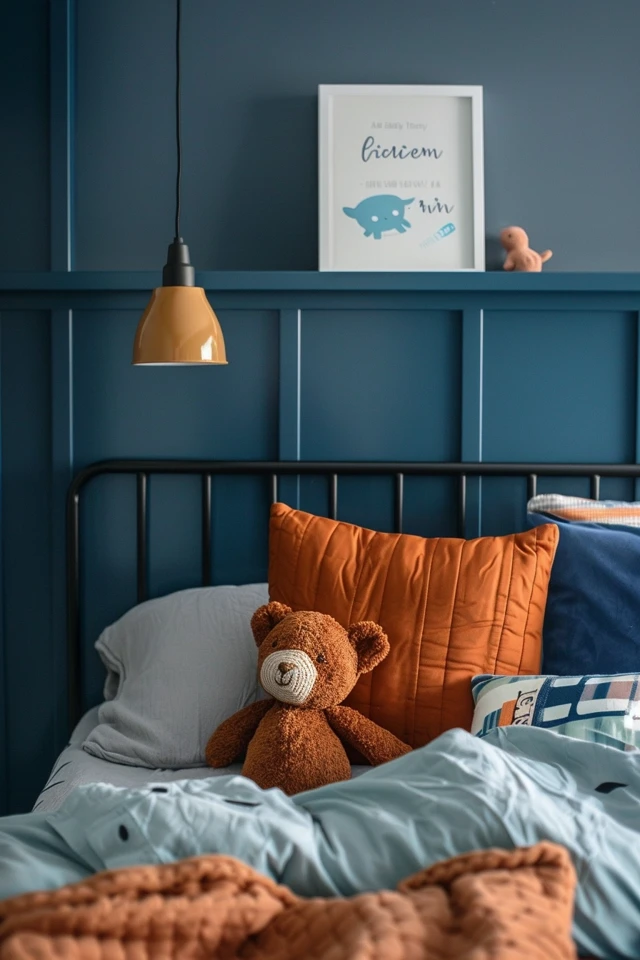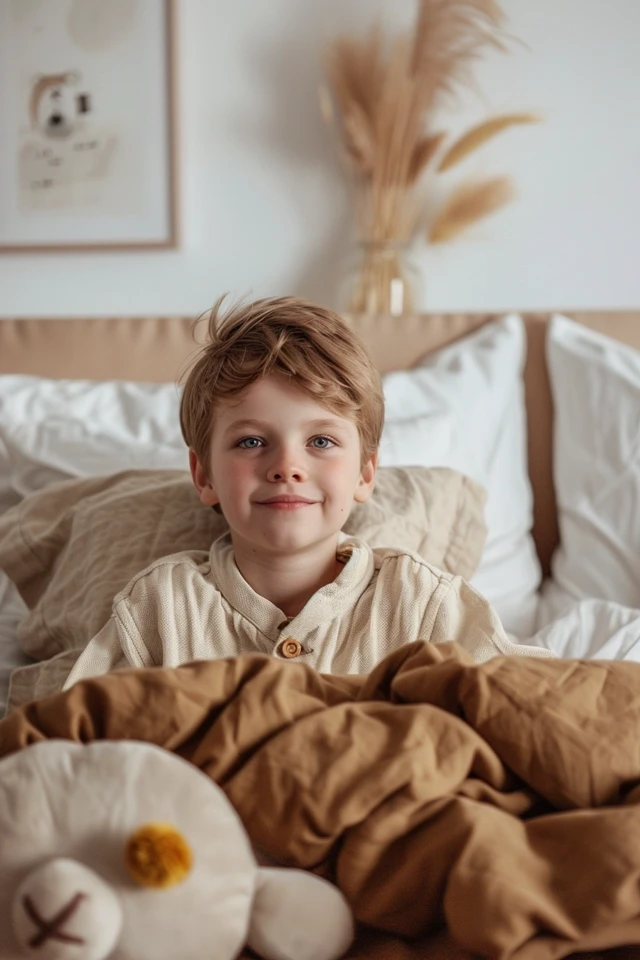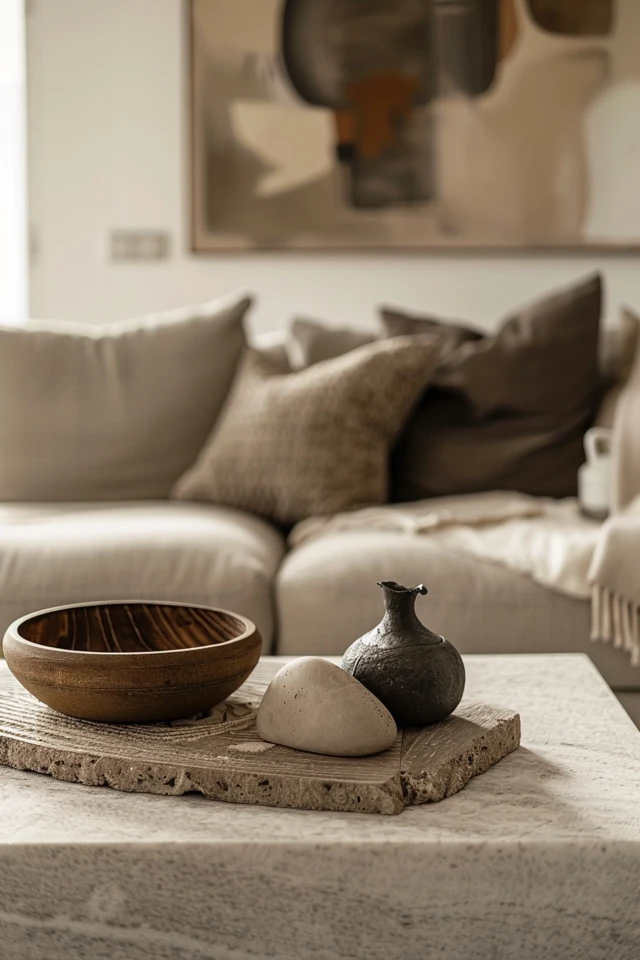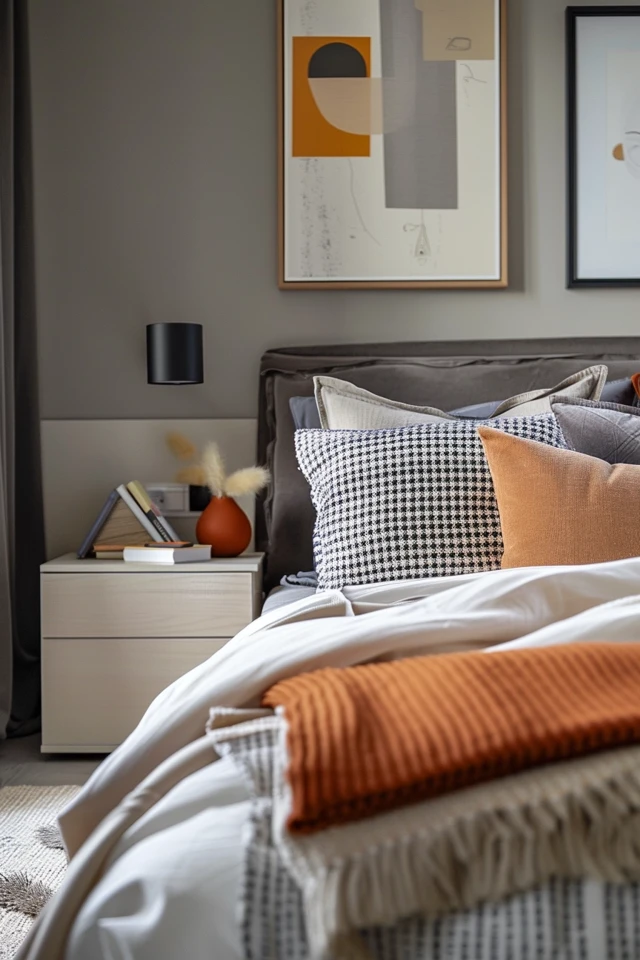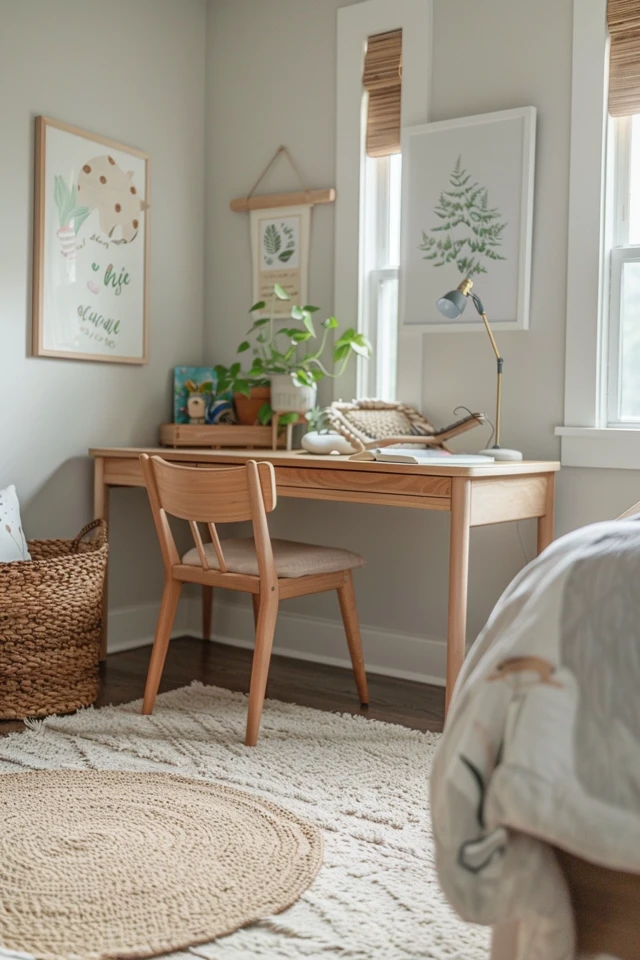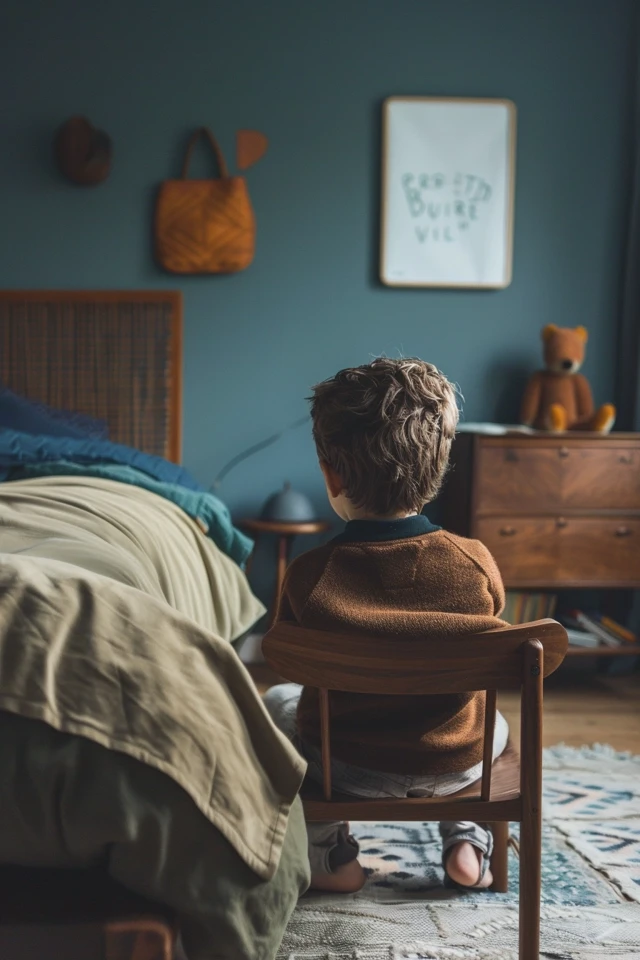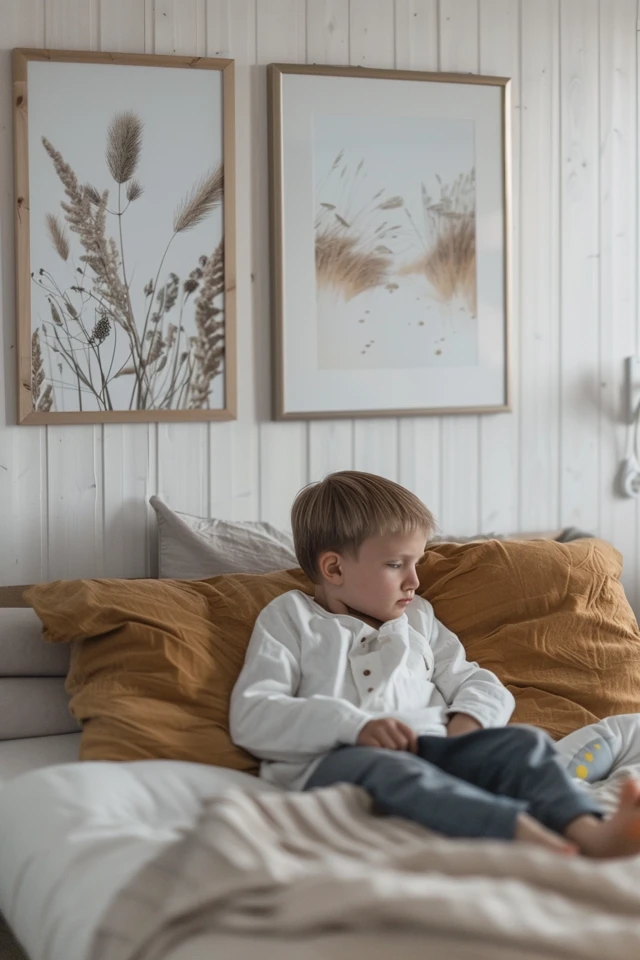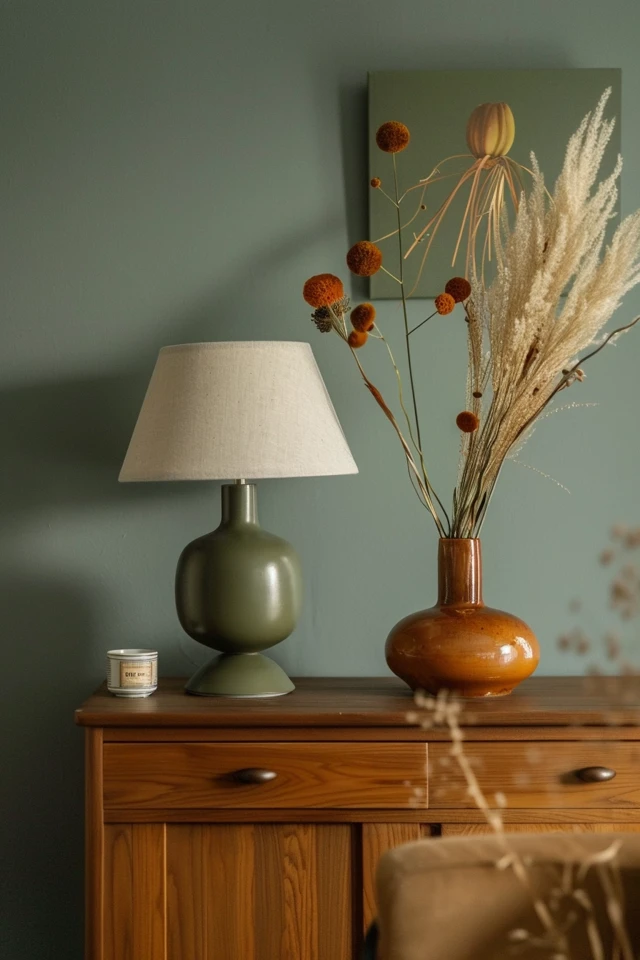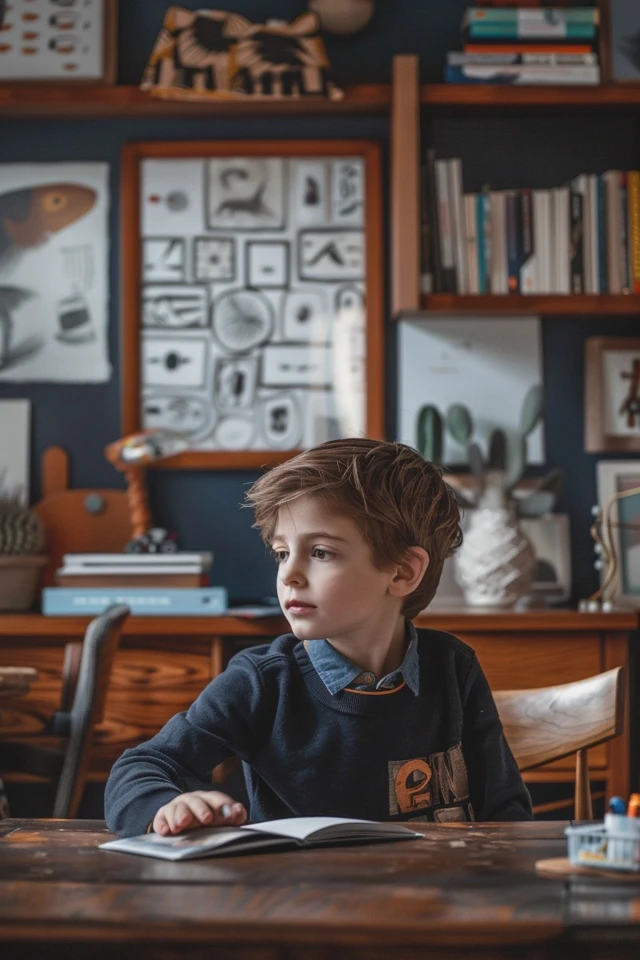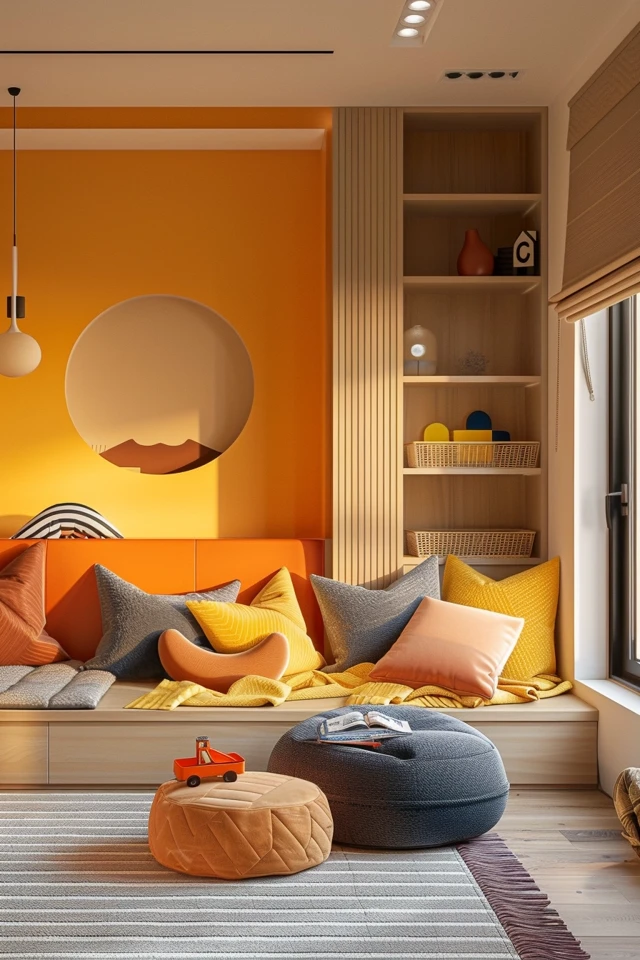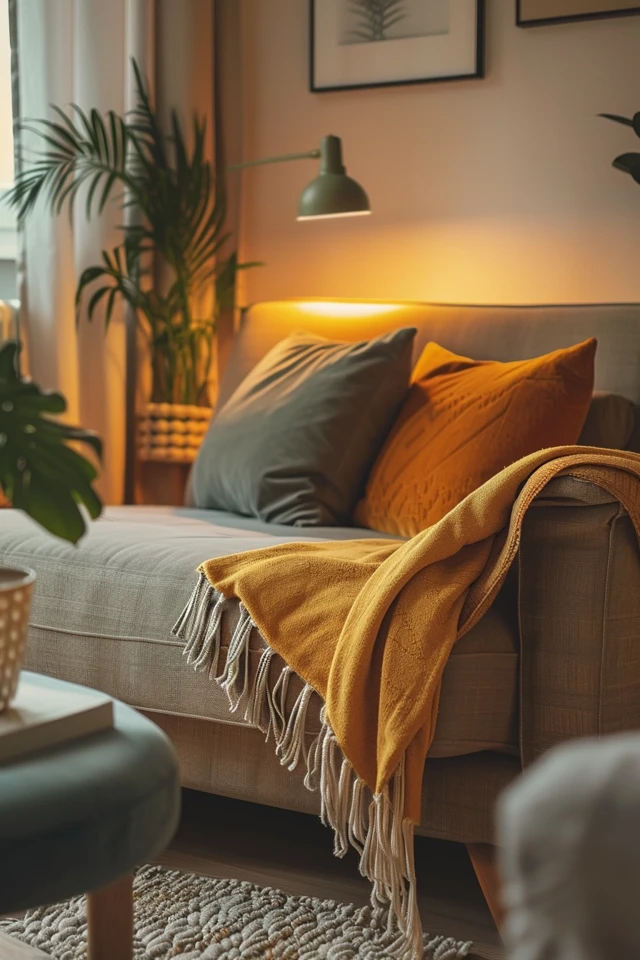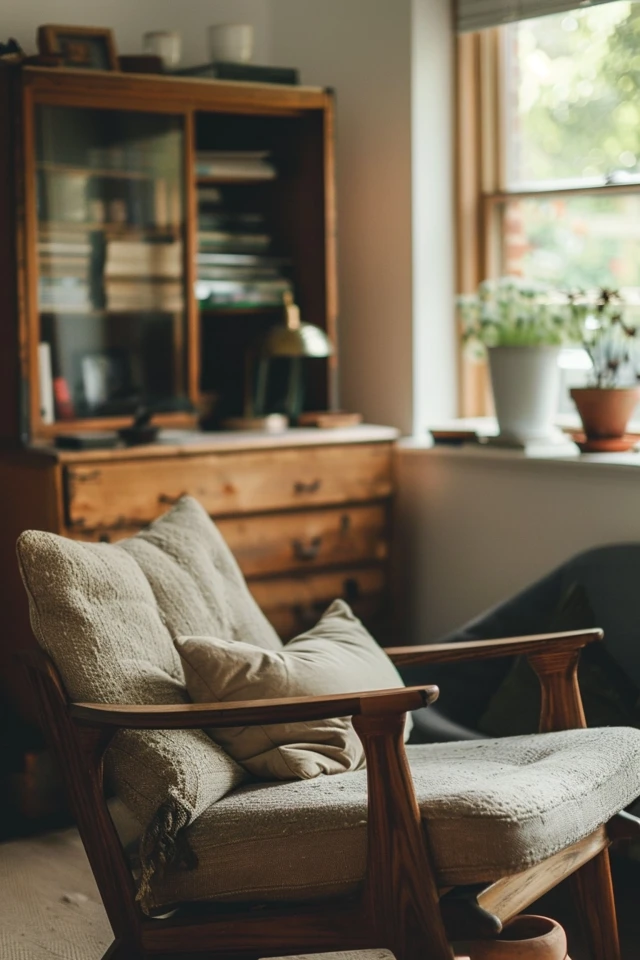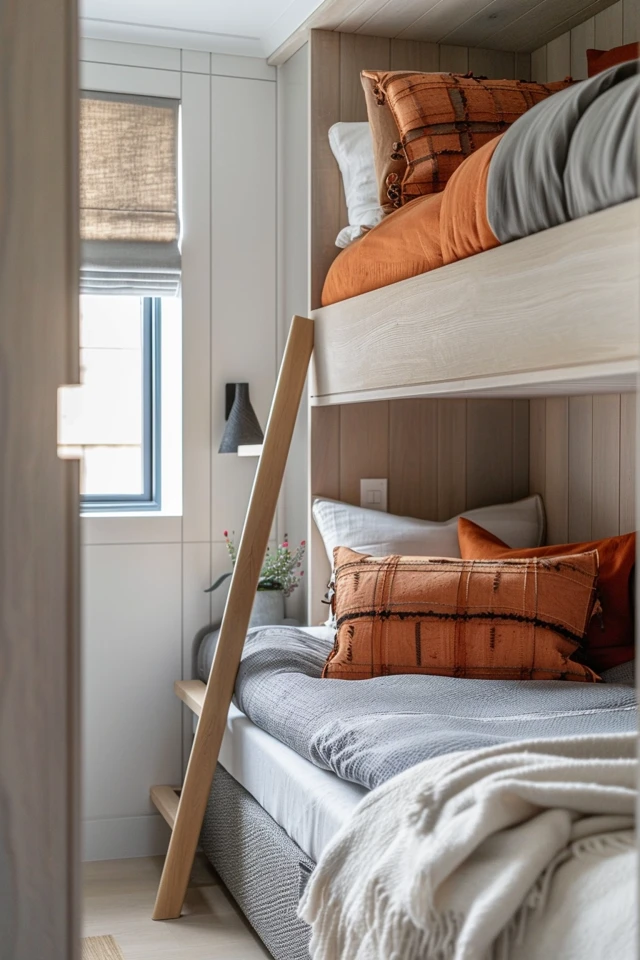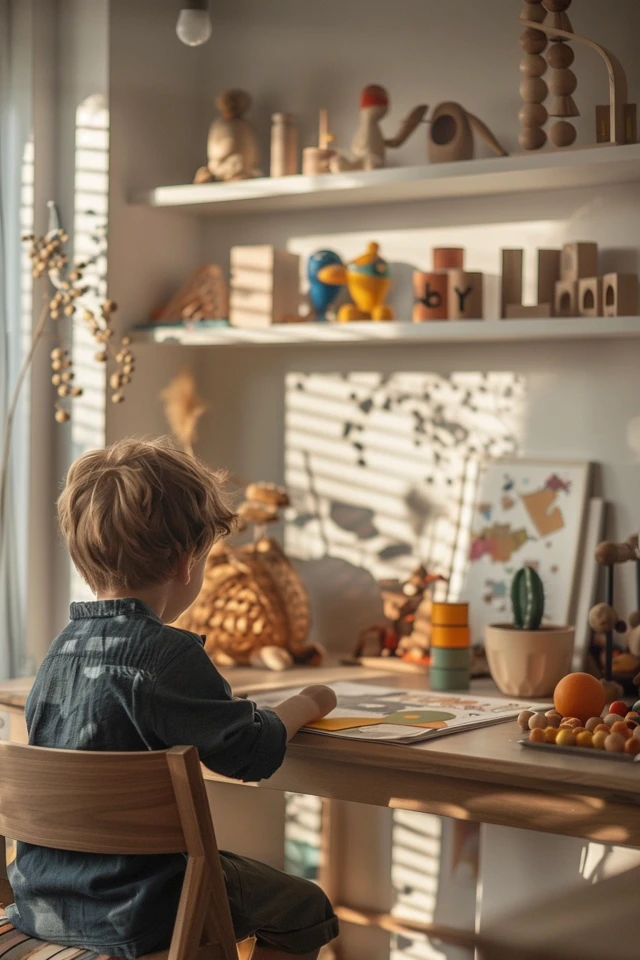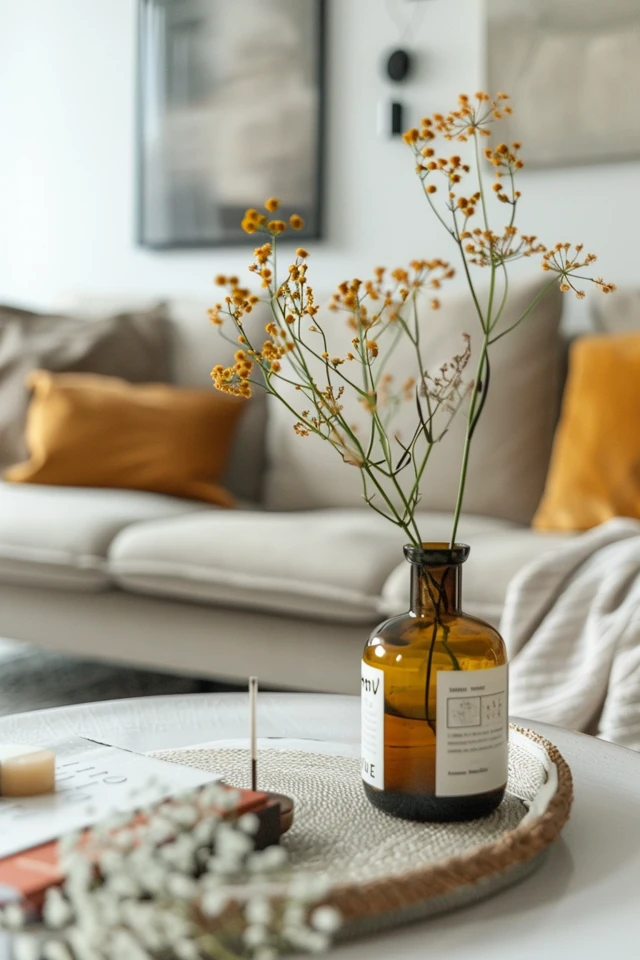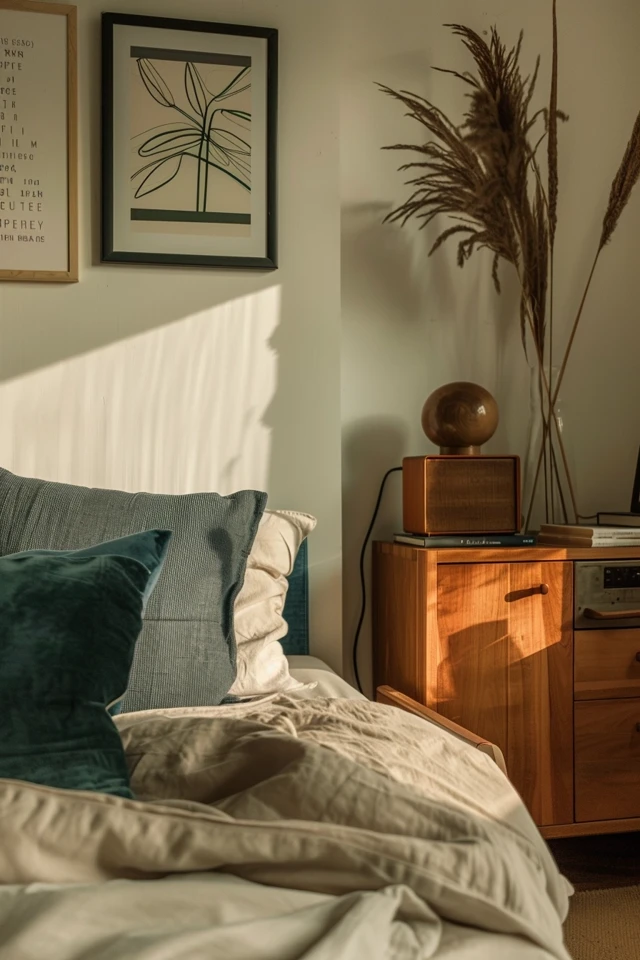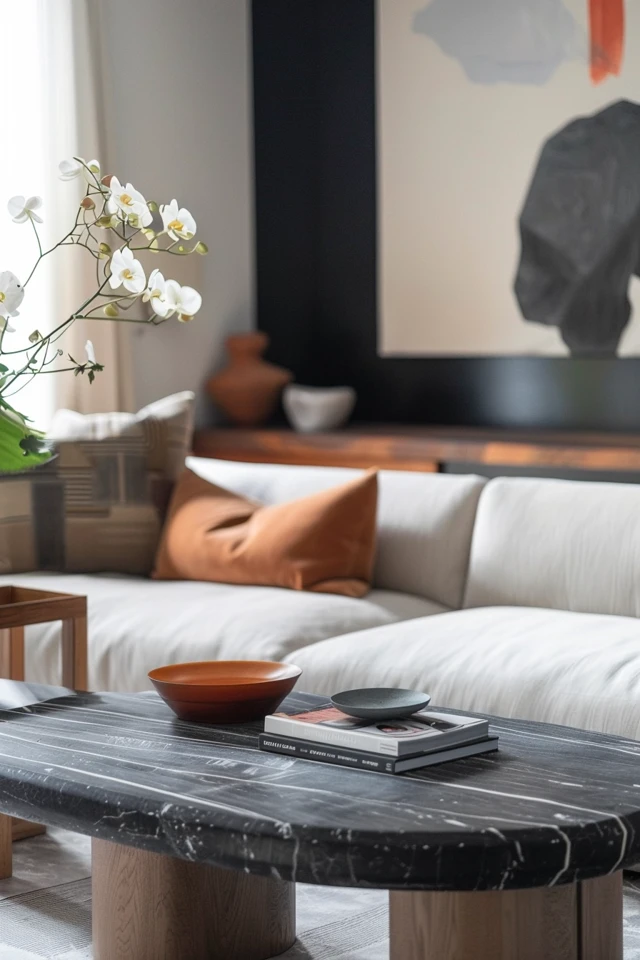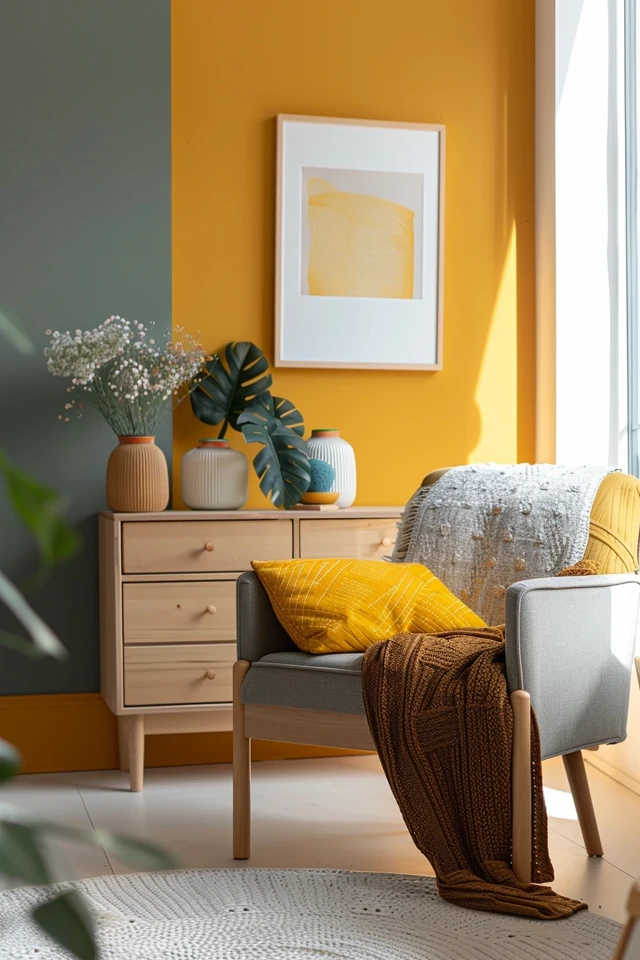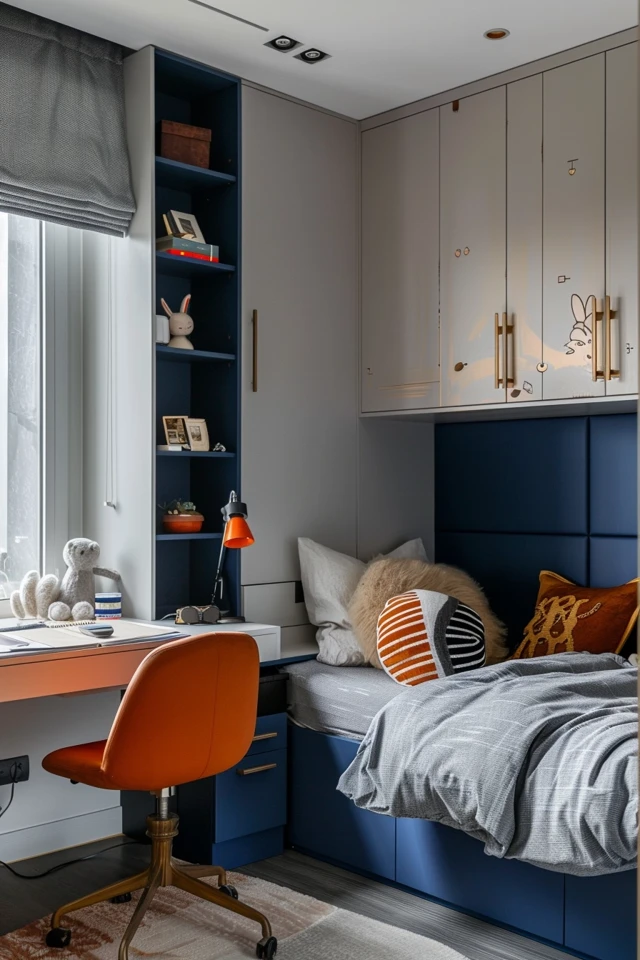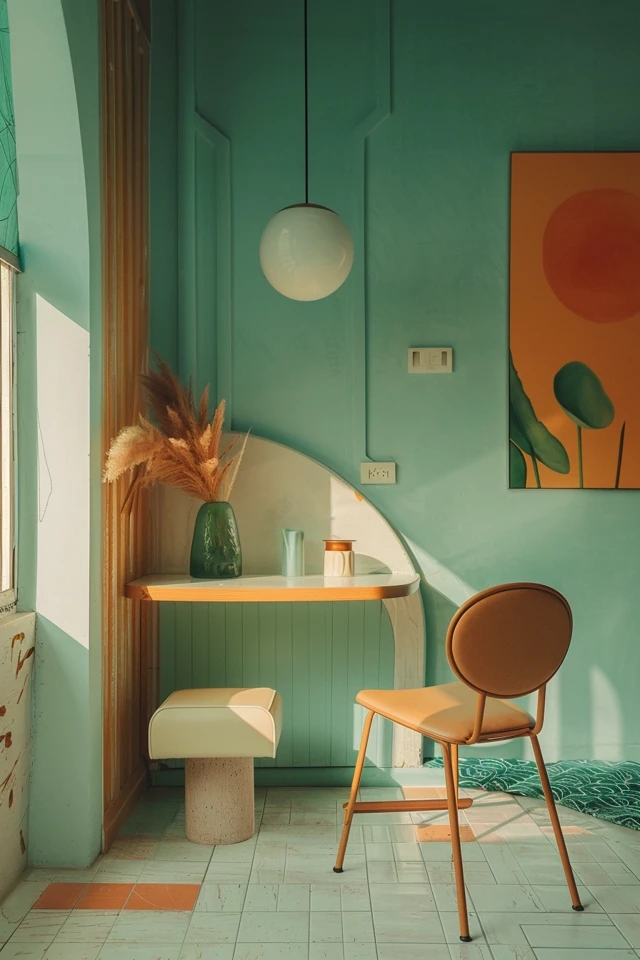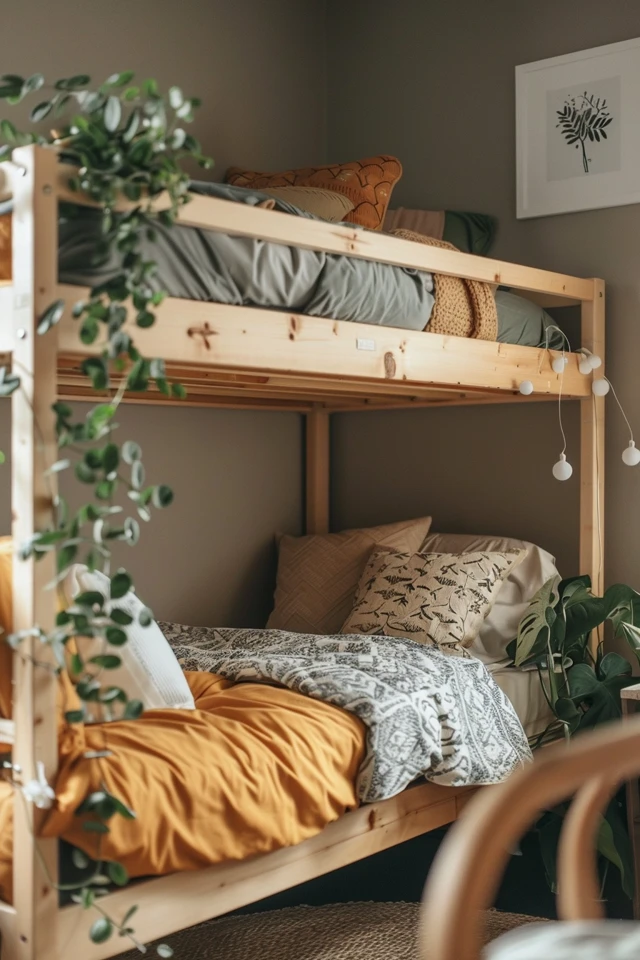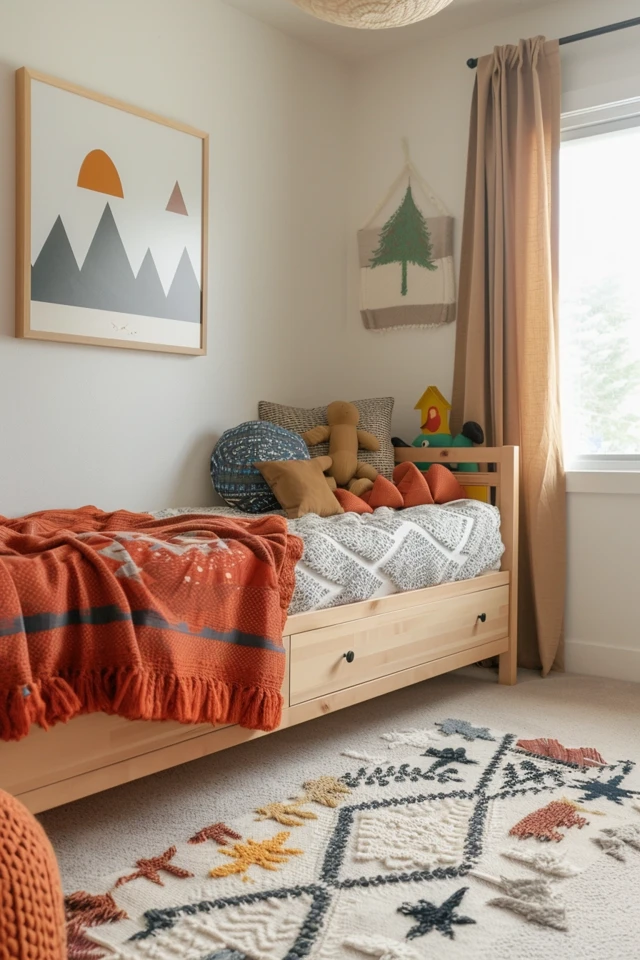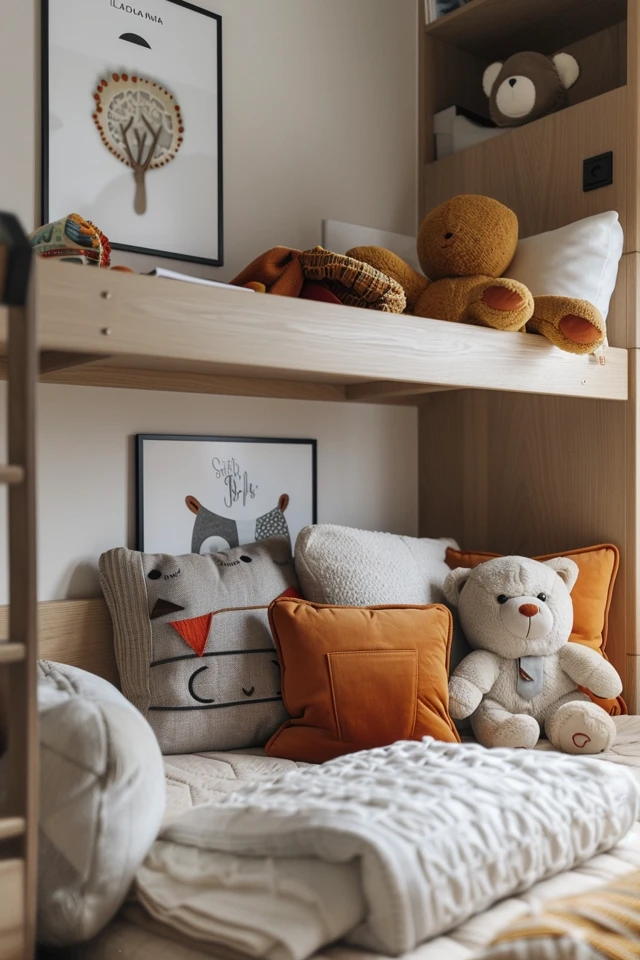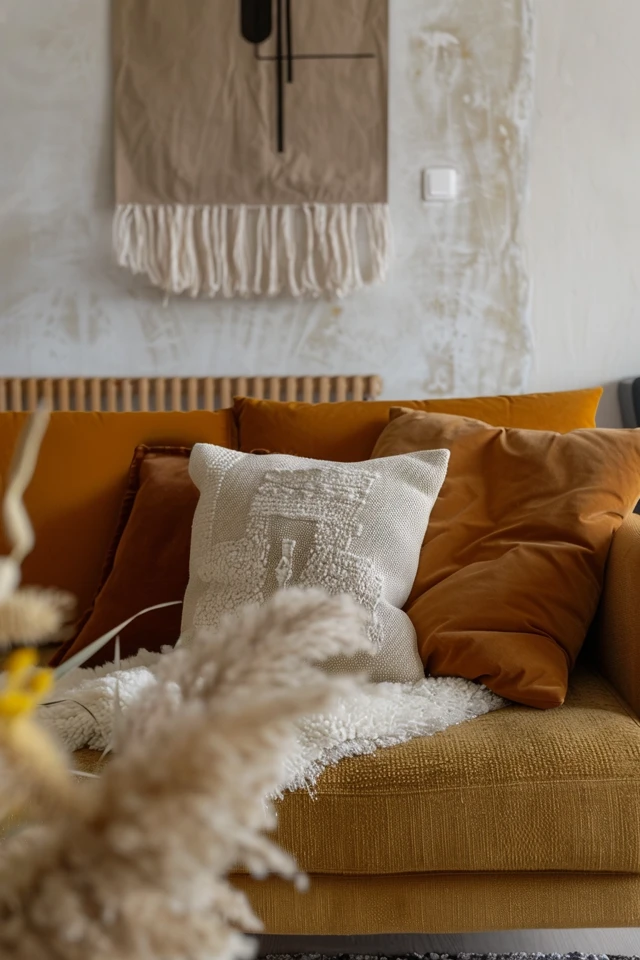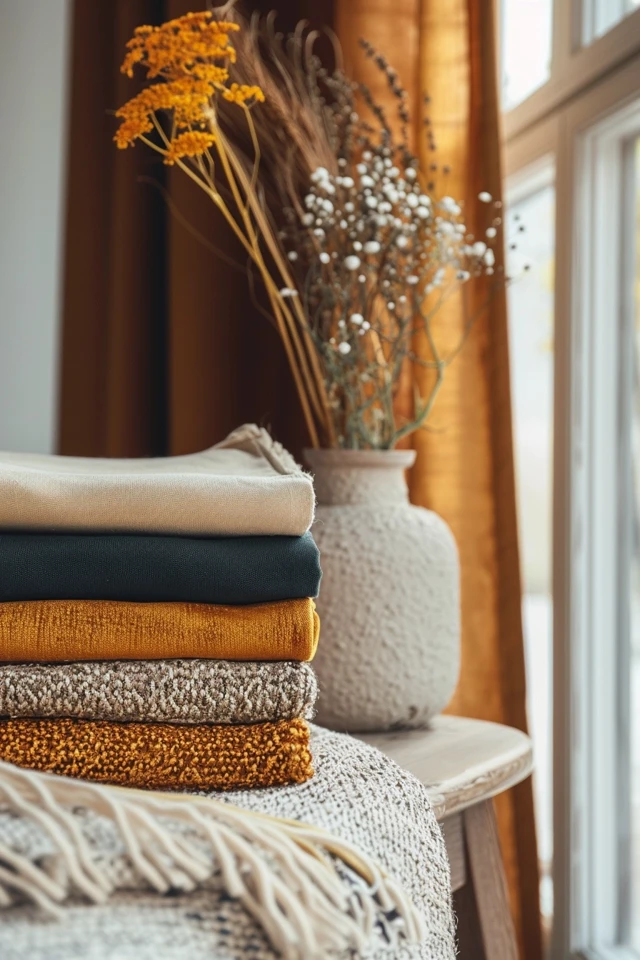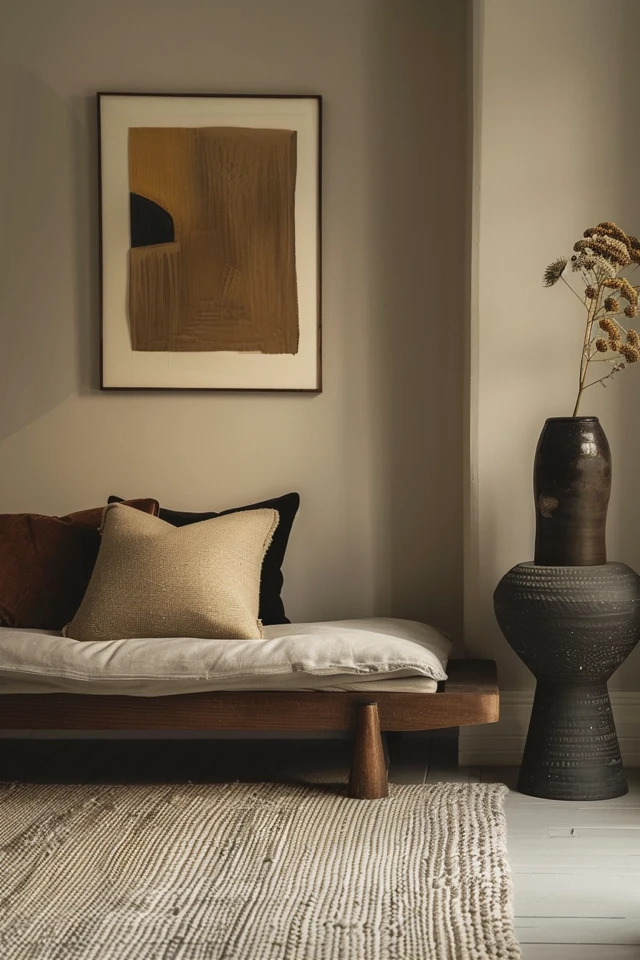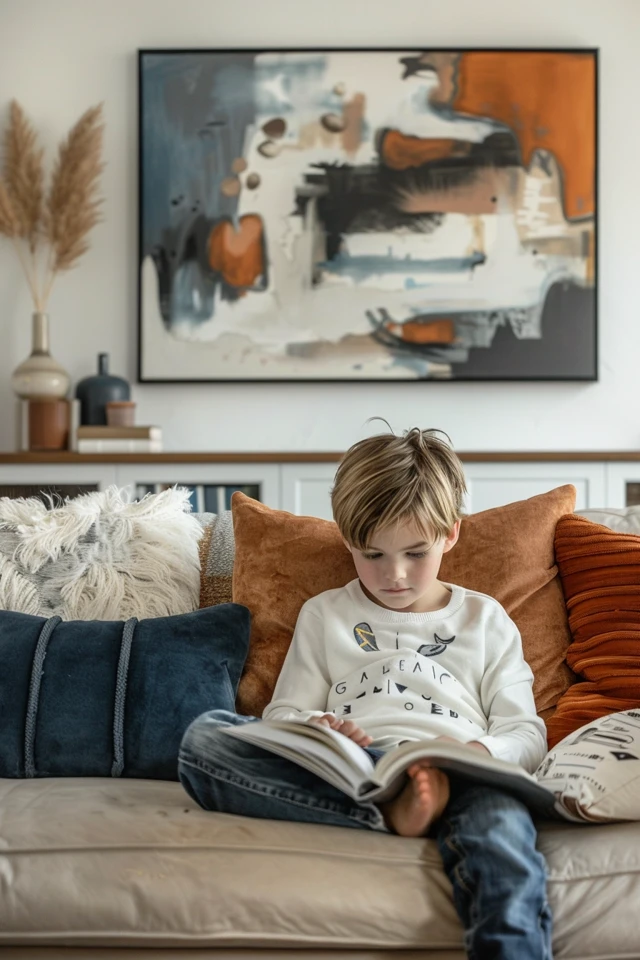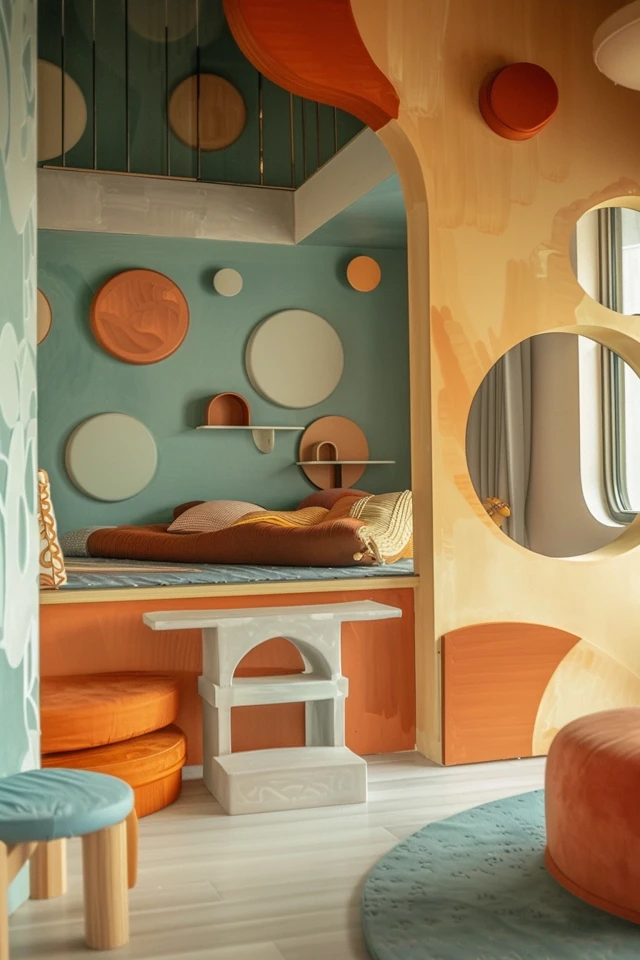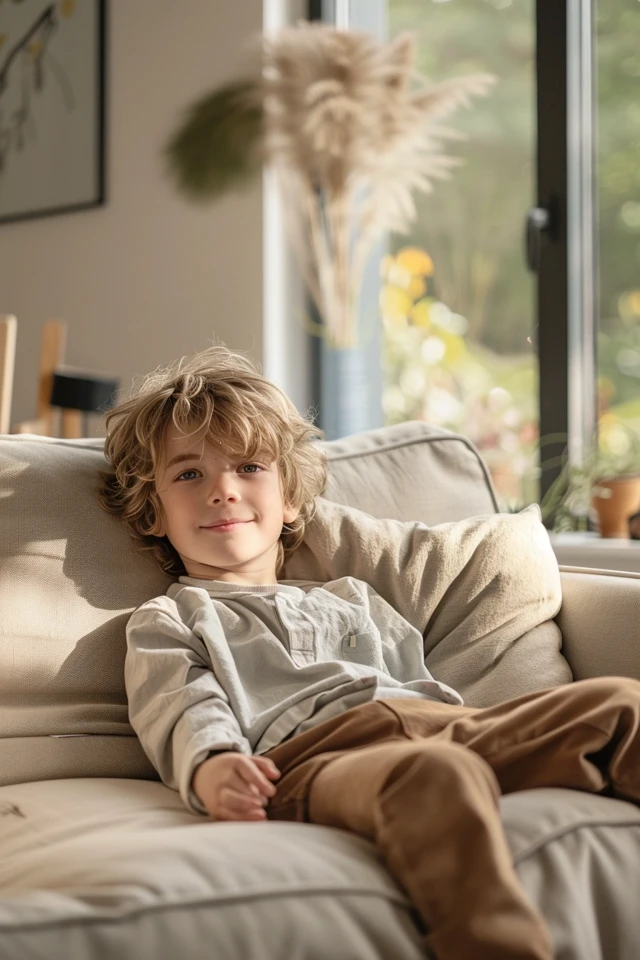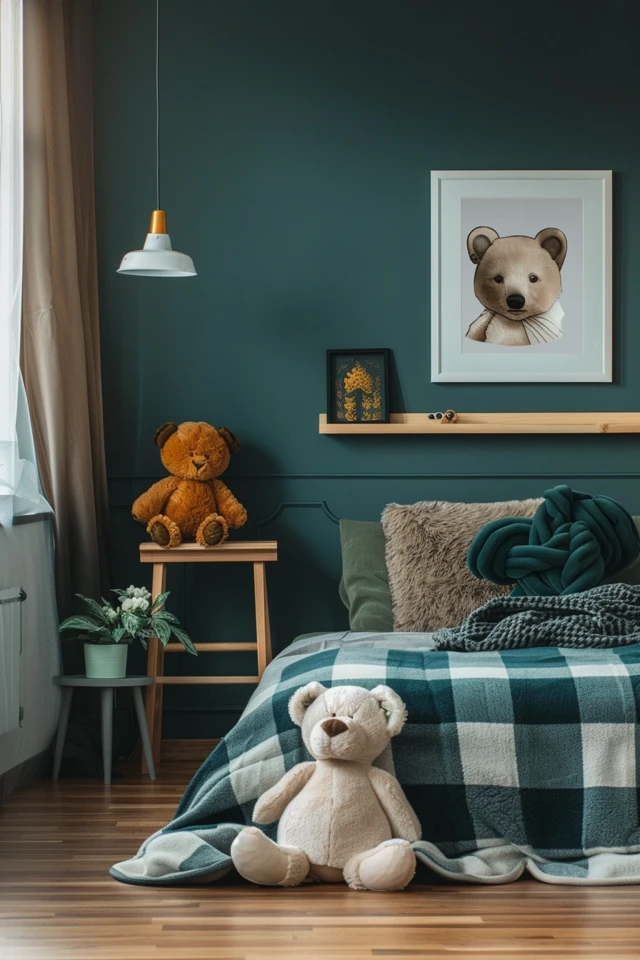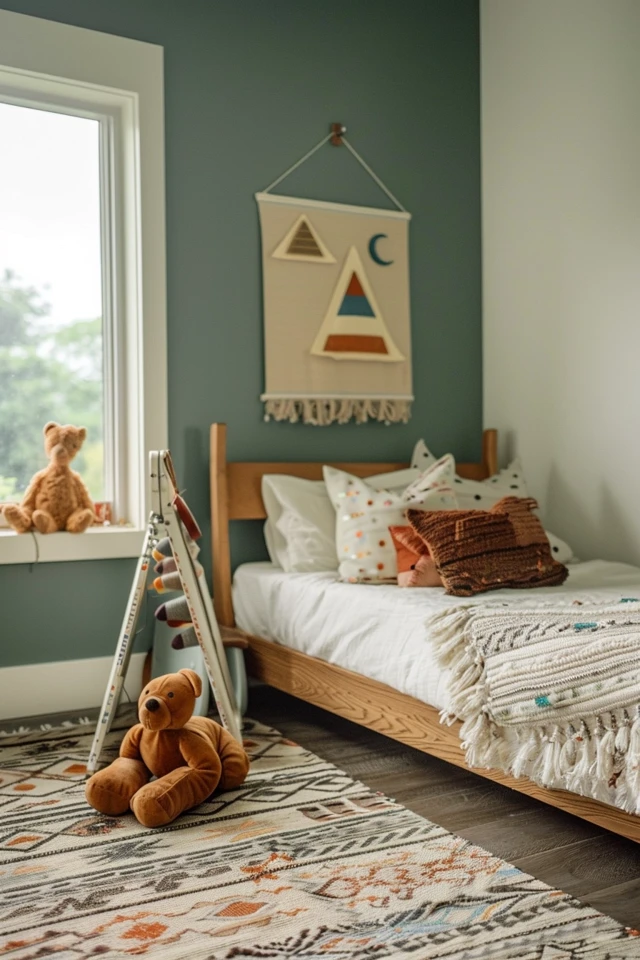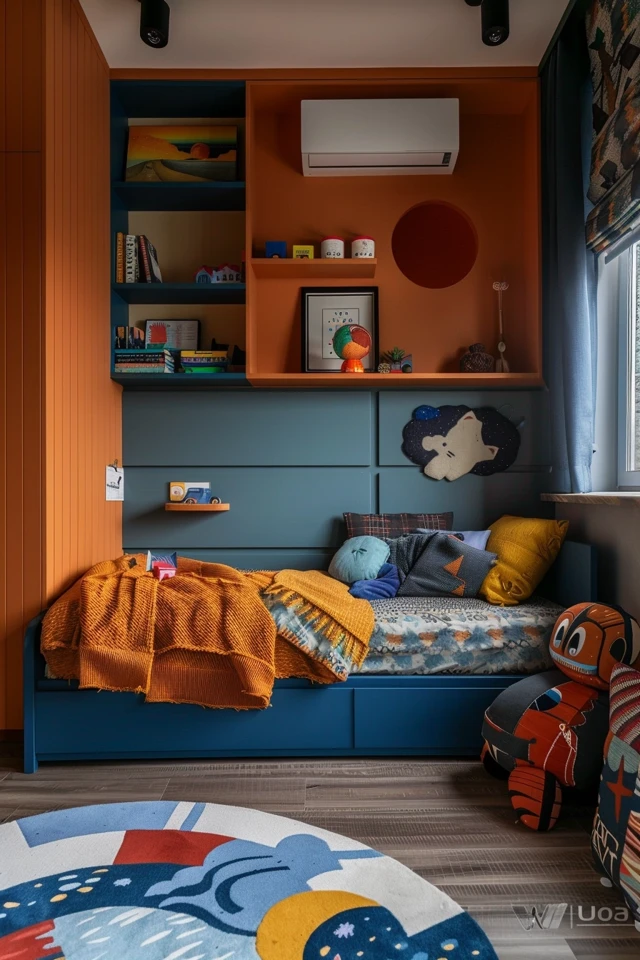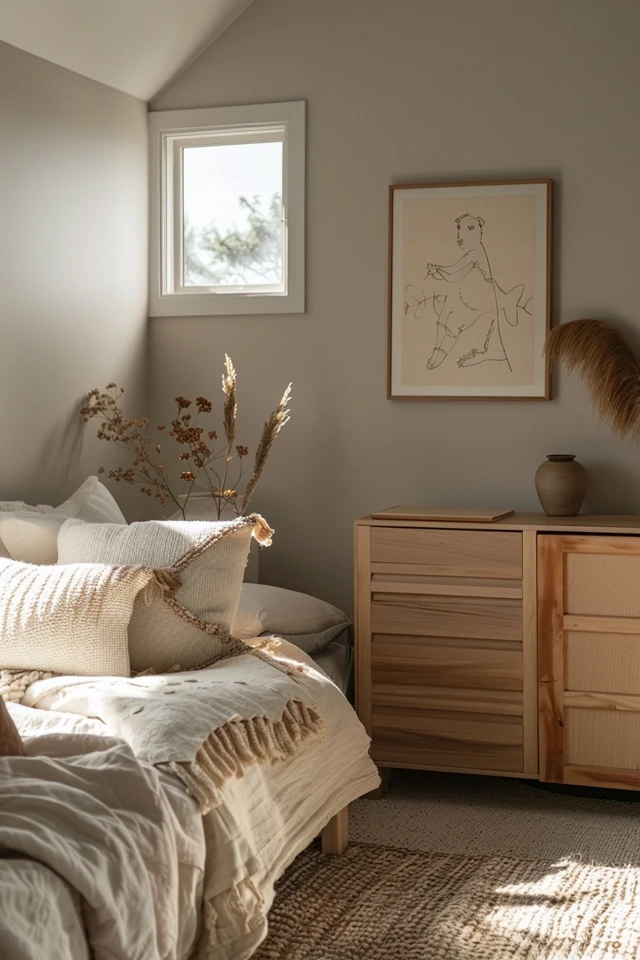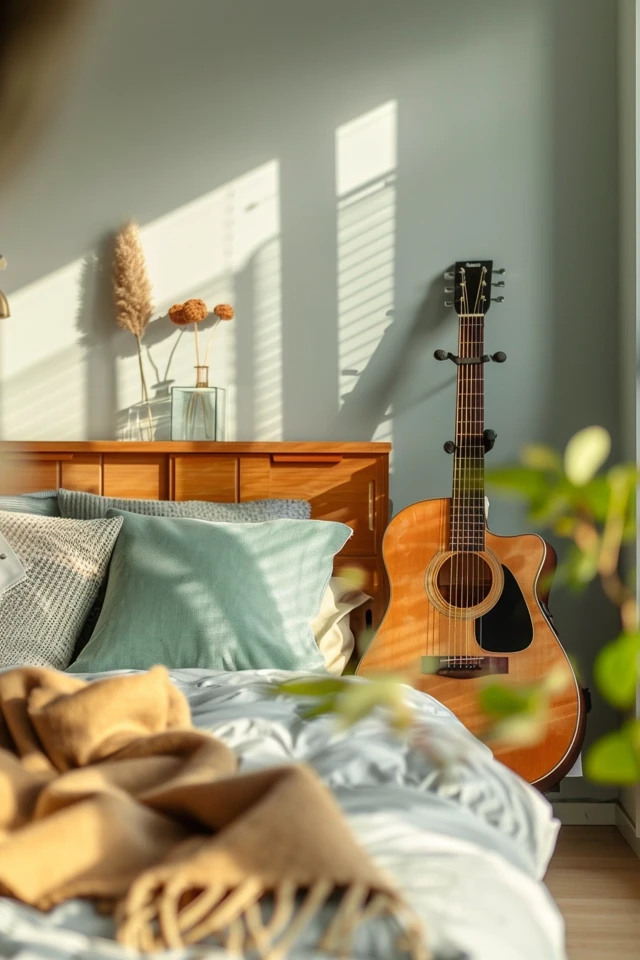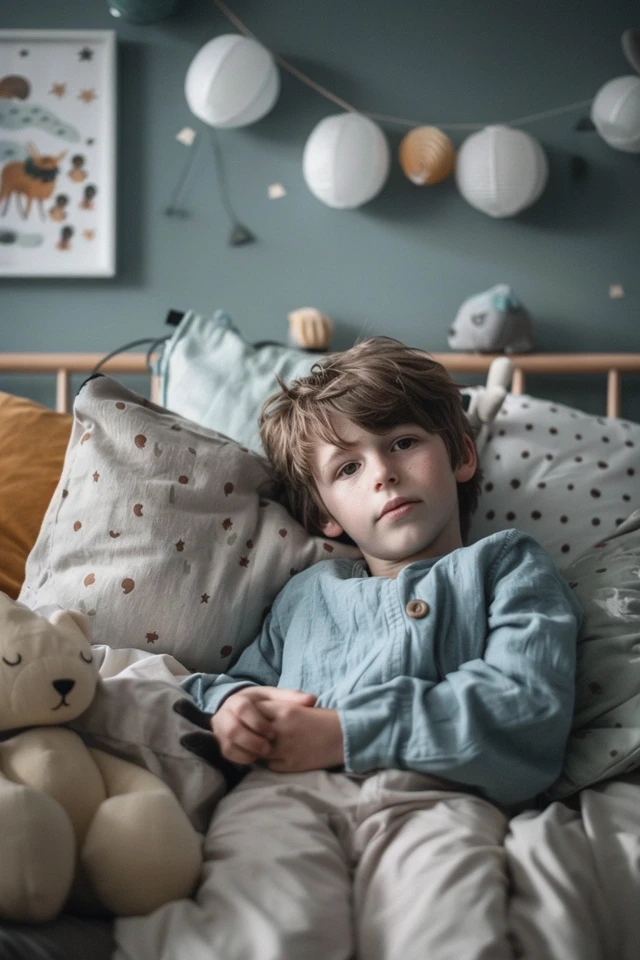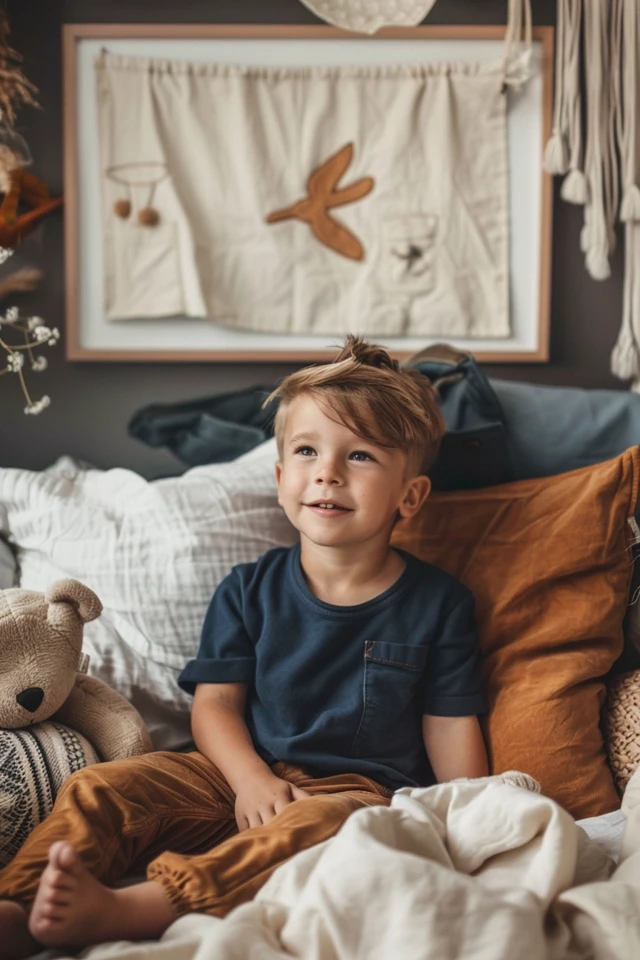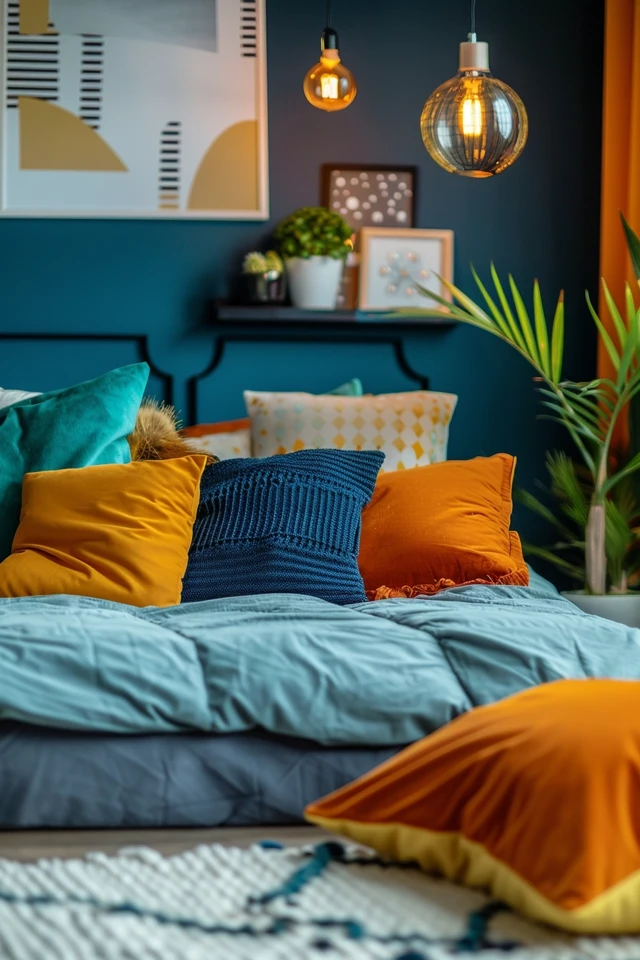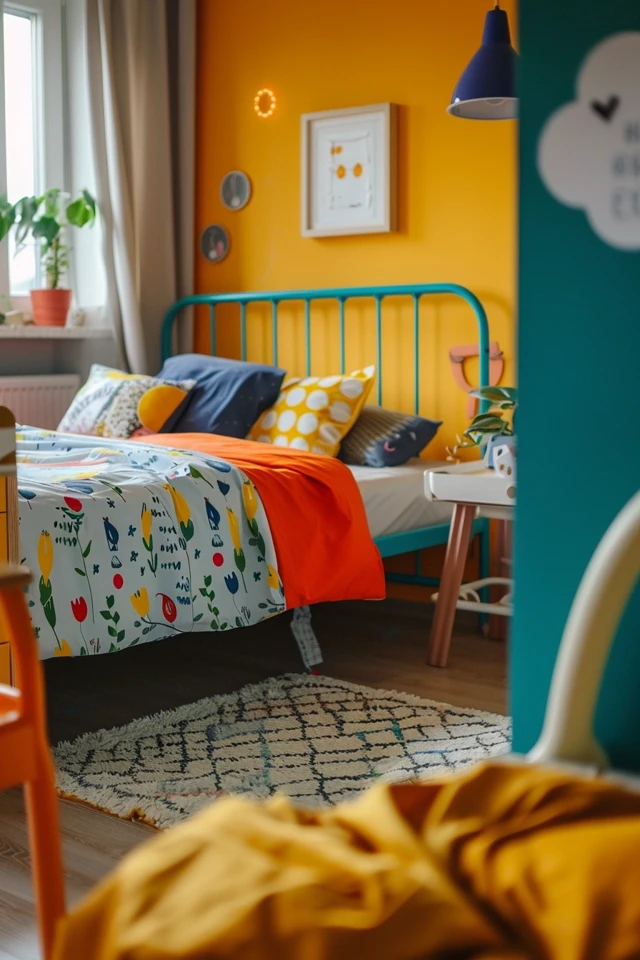Creative Vibe Room Ideas for Boys
Creating a room for boys that sparks creativity and provides a fun, inspiring space is an exciting challenge. With the right combination of colors, furniture, and decor, you can design a room that fosters imagination, learning, and play. As an architect and interior designer with expertise in evidence-based design, I’m here to share some innovative ideas to transform a boy’s room into a creative haven.
Key Takeaways:
- Incorporate vibrant colors to stimulate creativity and energy.
- Use multifunctional furniture to maximize space and functionality.
- Add interactive decor elements to encourage play and learning.
- Create cozy reading nooks to foster a love for books and quiet time.
- Integrate inspiring artwork to spark imagination and creativity.
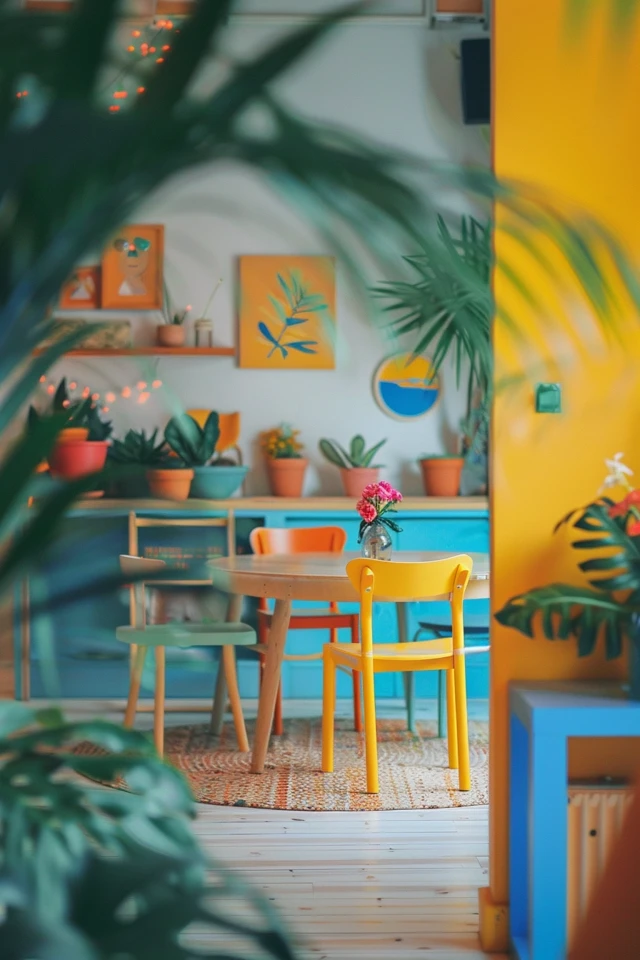
1. Incorporate Vibrant Colors
Color plays a crucial role in setting the mood and stimulating creativity. Choosing the right color scheme can make a significant difference in how the room feels and functions.
Bold and Bright Colors: Use bold and bright colors like red, blue, green, and yellow to create an energetic and stimulating environment. These colors can be used on accent walls, furniture, and accessories to add vibrancy and excitement.
Two-Tone Walls: Consider painting the walls in two tones, such as a bold color on the lower half and a neutral color on the upper half. This technique adds visual interest without overwhelming the space.
Colorful Furniture: Incorporate colorful furniture pieces like chairs, desks, and storage units. These can serve as focal points in the room and add a playful touch.
Themed Colors: Choose a color theme based on your child’s interests, such as ocean blues for a marine theme or greens and browns for a jungle theme. This can create a cohesive and immersive environment.
Accent Colors: Use accent colors in smaller decor items like pillows, rugs, and curtains. This allows for flexibility to change the look of the room easily as your child’s tastes evolve.
2. Use Multifunctional Furniture
Multifunctional furniture is essential in creating a room that is both practical and inspiring. These pieces help maximize space and enhance the room’s usability.
Loft Beds with Desks: Loft beds with built-in desks underneath provide a space-saving solution that combines sleep and study areas. This setup is perfect for small rooms and encourages a dedicated study space.
Storage Ottomans and Benches: Ottomans and benches with hidden storage compartments are great for keeping toys, books, and clothes organized. They also provide extra seating and can be easily moved around the room.
Convertible Desks: Desks that can be folded away or converted into different forms (e.g., a drafting table or a standing desk) provide versatility for various activities and projects.
Bunk Beds with Storage: Bunk beds with built-in storage drawers or shelves help keep the room tidy and provide additional space for personal items.
Modular Furniture: Modular furniture pieces, such as stackable shelves and cubes, can be rearranged to fit different needs and activities. This flexibility allows the room to grow with your child.
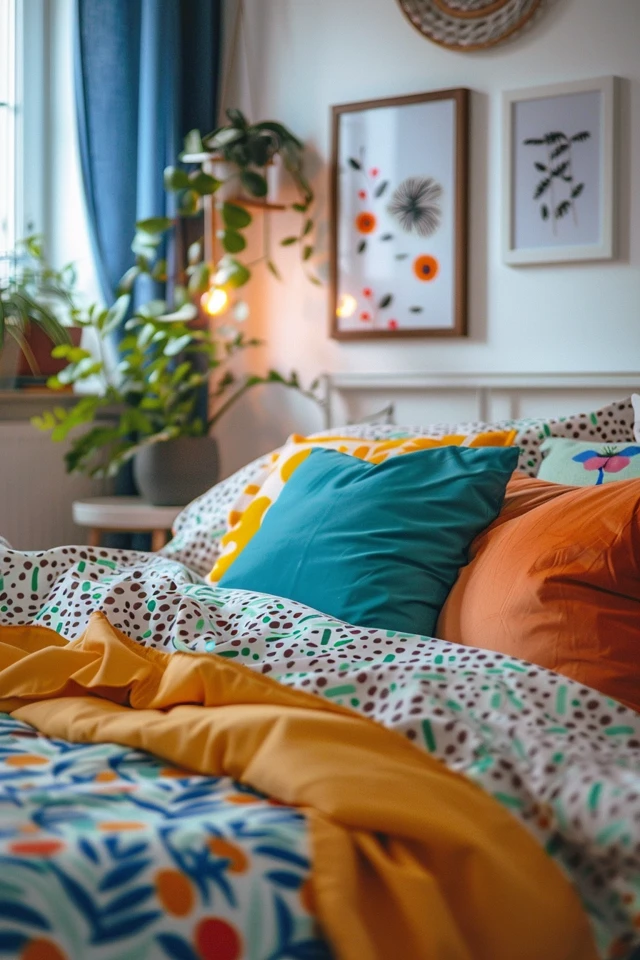
3. Add Interactive Decor Elements
Interactive decor elements are perfect for engaging a child’s mind and encouraging creativity. These items can turn the room into a dynamic and fun space.
Chalkboard Walls: Paint one wall with chalkboard paint to create a giant canvas for drawing, writing, and doodling. This encourages artistic expression and can be easily changed.
Magnetic Walls: Install a magnetic board or paint a section of the wall with magnetic paint. This allows for displaying artwork, notes, and educational magnets in a fun and interactive way.
Climbing Walls: For the adventurous child, consider adding a small climbing wall with soft mats underneath. This promotes physical activity and adds an element of excitement to the room.
Interactive Maps: Use large world maps or city maps as wall decor. These can be interactive with pins or stickers to mark places of interest or travel dreams.
LEGO Walls: Install a LEGO-compatible wall panel where your child can build and display their creations. This provides a dedicated space for play and creativity.
4. Create Cozy Reading Nooks
Creating a cozy reading nook encourages a love for books and provides a quiet space for relaxation. These nooks can be designed to be both functional and inviting.
Window Seats: If the room has a window, consider adding a built-in window seat with cushions and storage underneath. This creates a comfortable spot for reading with natural light.
Tent or Teepee: A small tent or teepee can create a private and cozy reading area. Fill it with soft pillows and a few favorite books to make it an inviting retreat.
Hanging Chairs: A hanging chair or hammock chair adds a fun and unique element to the room. It provides a comfortable spot for reading and can be easily moved when needed.
Corner Nooks: Utilize corners by adding a small bookshelf and a bean bag chair or floor cushions. This creates a dedicated reading space without taking up much room.
Book Display Shelves: Install front-facing book display shelves to make it easy for your child to see and choose books. This encourages independent reading and keeps books organized.

5. Integrate Inspiring Artwork
Artwork can inspire creativity and add personality to the room. Choose pieces that reflect your child’s interests and encourage their imagination.
DIY Art Gallery: Create a DIY art gallery wall where your child can display their own artwork. Use frames, clipboards, or wire and clips to make it easy to swap out pieces.
Motivational Quotes: Hang posters or prints with motivational quotes and positive affirmations. These can serve as daily reminders and inspire confidence and positivity.
Themed Art: Choose artwork that matches the room’s theme, whether it’s space, animals, sports, or superheroes. This helps create a cohesive look and adds to the room’s atmosphere.
3D Art: Incorporate 3D art pieces like sculptures, wall-mounted toys, or shadow boxes. These add depth and interest to the decor and can be conversation starters.
Customized Art: Consider commissioning a custom piece of art that features your child’s name, favorite characters, or hobbies. This adds a personal touch and makes the room feel uniquely theirs.
Conclusion
Designing a creative vibe room for boys involves blending vibrant colors, multifunctional furniture, interactive decor, cozy reading nooks, and inspiring artwork. These elements come together to create a space that is not only stylish and functional but also fosters imagination and creativity.
As an architect and interior designer, I believe that every element in a room should serve a purpose and contribute to the overall aesthetic and functionality. By incorporating these creative vibe room ideas, you can transform any boy’s room into a dynamic and inspiring space that reflects their personality and interests. Whether your child is an aspiring artist, a budding scientist, or an adventurous explorer, these ideas will help create a room that encourages their passions and supports their growth. So, get creative, involve your child in the design process, and enjoy transforming their room into a vibrant and inspiring sanctuary.
Inspirational Pictures
